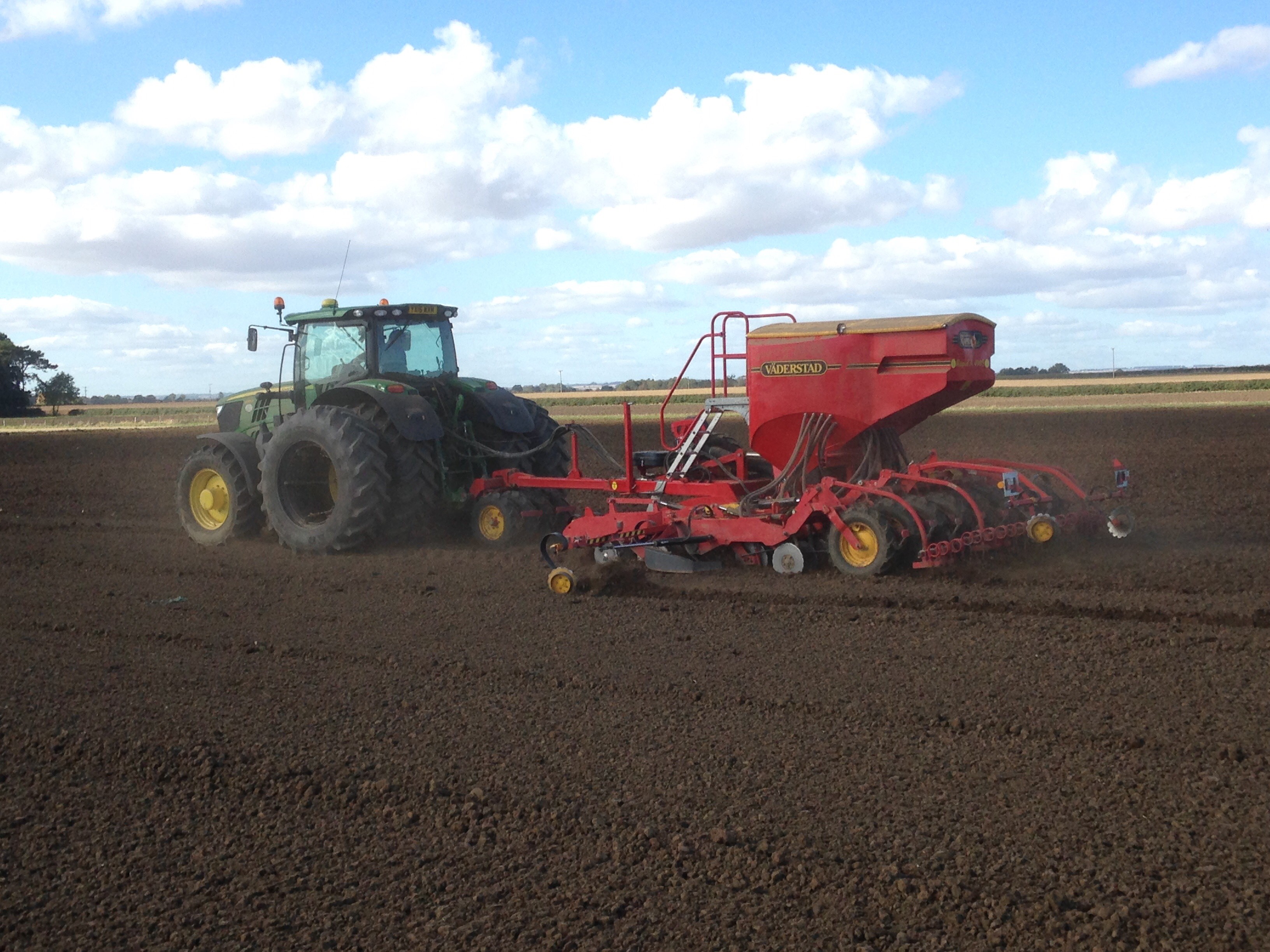Week Beginning Monday 12th November 2018
Posted by Anderson Grain Marketing on Nov 12, 2018 in AGM News | 0 comments
- The January 2019 London LIFFE wheat future has this morning opened unchanged at £170.00/T. This is £3.65/T lower than the opening trade the week previous.
- The May 2019 London LIFFE wheat future has this morning opened £1.20/T higher at £172.50/T. This is £1.50/T lower that the opening trade the week previous. This is the first time this future has opened and traded higher in over a week.
- The November 2019 London LIFFE wheat future has opened £0.65/T lower this morning at £155.25/T. This is £1.75/T lower than the week previous.
Ex-farm feed wheat values have continued to decline once again this week with the benchmark value of £170.00/T ex-farm now being offered for May 2019 collection. Nearby, £165.00/T ex-farm is offered for December 2018 collection. Although the downward pressure appears to have waned for now, the market is quiet and awaits an injection of fresh news. Buyers in the short term remain limited as the backlog of the recently redundant maize and wheat imports are being used. Further forward, buyer interest is good, and we are beginning to see some significant interest from farm-sellers at the current levels.
£170.00/T ex-farm may be a £25.00/T discount to the harvest position, but it is an increase of £30.00/T (or almost £1,000 per lorry load) on the values being offered this time last year. The longer term and more representative trends suggest that the current prices represent an excellent selling opportunity!
The price difference between ex-farm feed barley and feed wheat appears to have narrowed over the past couple of weeks as feed wheat prices continue to decline. According to AHDB, the discount between the two grains on average throughout the UK is currently just £2.00/T.
Locally, it varies depending on movement requirements – feed barley for spot movement is at a larger discount to feed wheat than feed barley for movement into the early summer months next year.
This morning, feed barley is valued at £160.00/T ex-farm for November collection. Further forward, it is valued at £170.00/T ex-farm for June 2019 collection.
Sterling remains buoyant as Brexit negotiations continue with the value of the pound firming to a six-month high against the value of the euro last week. There are various rumours scattered throughout the internet regarding a “draft Brexit deal” which Ministers may or may not have read, but we are yet to see formal confirmation of this.
In theory, the closer we get to a working Brexit deal, the firmer the pound will be against the value of the Euro. In practice, political instability is known to add a great deal of volatility to currency. As a result, day to day ex-farm prices for both old and new crop grains will be unpredictable. It will therefore be important to look at the longer-term trends and to take advantage of profitable selling opportunities. Remember:
“Weaker sterling increases export competitiveness and can lessen some pressure feedingthrough from price declines on the continent. Meanwhile, strengthening sterling increases the competitiveness of imports and can act as a ceiling to domestic prices” – AHDB Cereals”.
This month’s WASDE from the USDA was released last Thursday and it is important to note that this month’s figures incorporate “historical revisions to both area and production figures published by China’s National Bureau of Statistics”. As a result, the numbers are particularly difficult to understand as there are some significant changes to the Chinese stock figures. Below are a few key points worth noting:
- Australia’s wheat crop is lowered by a further 1 million tonnes to 17.50 million tonnes due to drought. Their export total is now lowered to the lowest figure since 2007.
- Global wheat exports are lowered by 1.6 million tonnes, primarily due to the reduction to Australian production.
- Global wheat stocks outside of China are reduced 0.9 million tonnes.
- Lower soybean exports are forecast for the US at the expense of higher imports from South America. South America is expected to capture more of China’s soybean market whilst the US is likely to capture more market share elsewhere in the world, particularly in the second half of the marketing year.
- Maize corn production in Argentina is forecast slightly higher at 42.50 million tonnes, a 1.5 million tonne increase from last month.
- Maize corn production in Brazil is forecast unchanged at 94.50 million tonnes.
- This season, Brazil and Argentina combined will produce an estimated 137 million tonnes of maize corn, 57 million tonnes of which will be exported (41.1%).
- Last season, Brazil and Argentina combined produced an estimated 114 million tonnes of maize corn, 45 million tonnes of which was exported (39.4%).
- In 2017, Brazil and Argentina combined produced an estimated 139.5 million tonnes of maize corn, 57.6 million tonnes of which was exported (41.3%).
The French OSR market is currently sitting above contract averages in both sterling and the euro due to concerns regarding next season’s crop following an extremely dry establishment period. Could current prices reflect a potential selling opportunity?
OSR for spot collection is currently valued at £325.00/T ex-farm. Meanwhile, new crop OSR for August collection is trading in the region of £310.00/T ex-farm.
